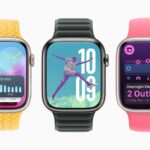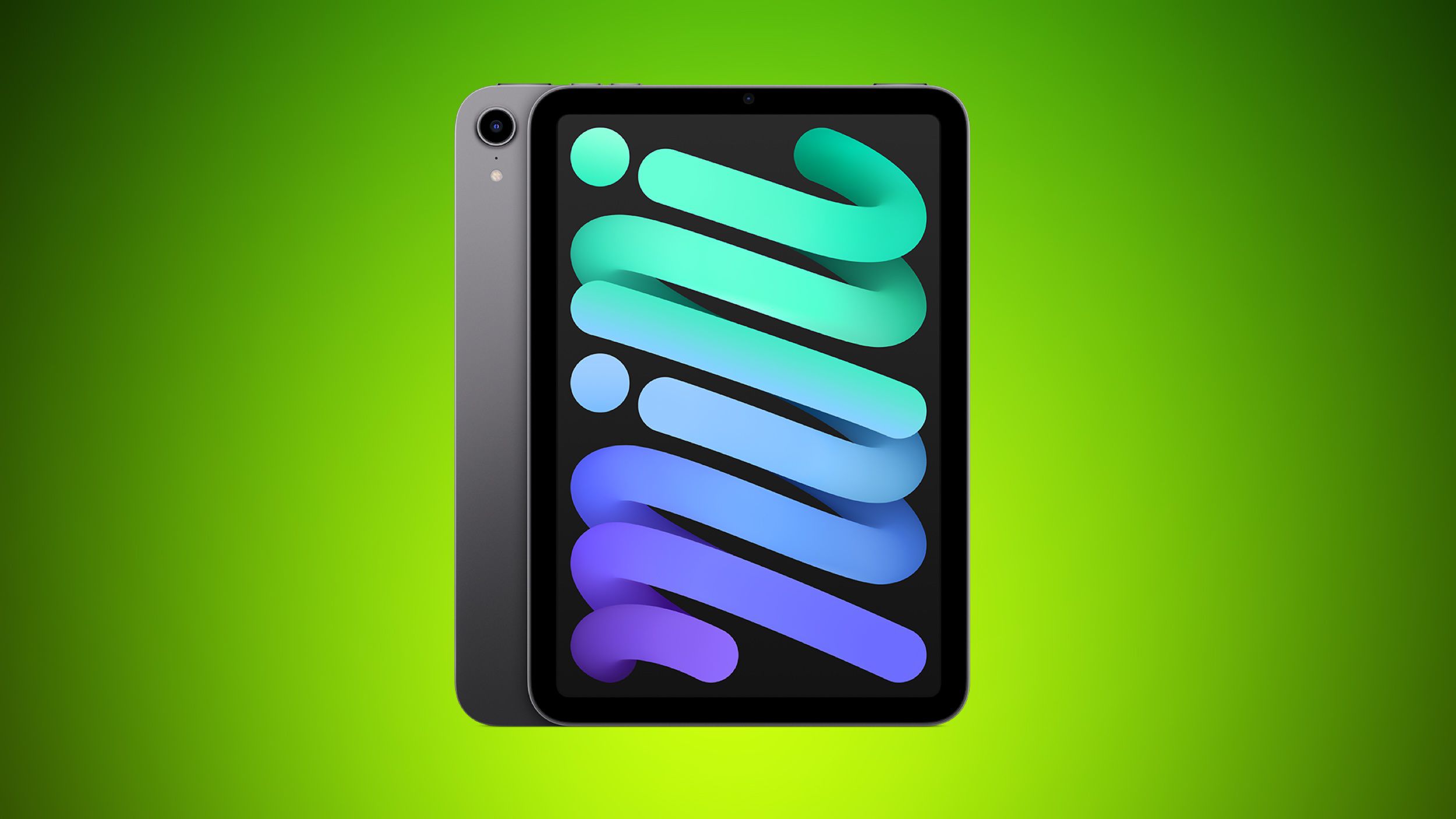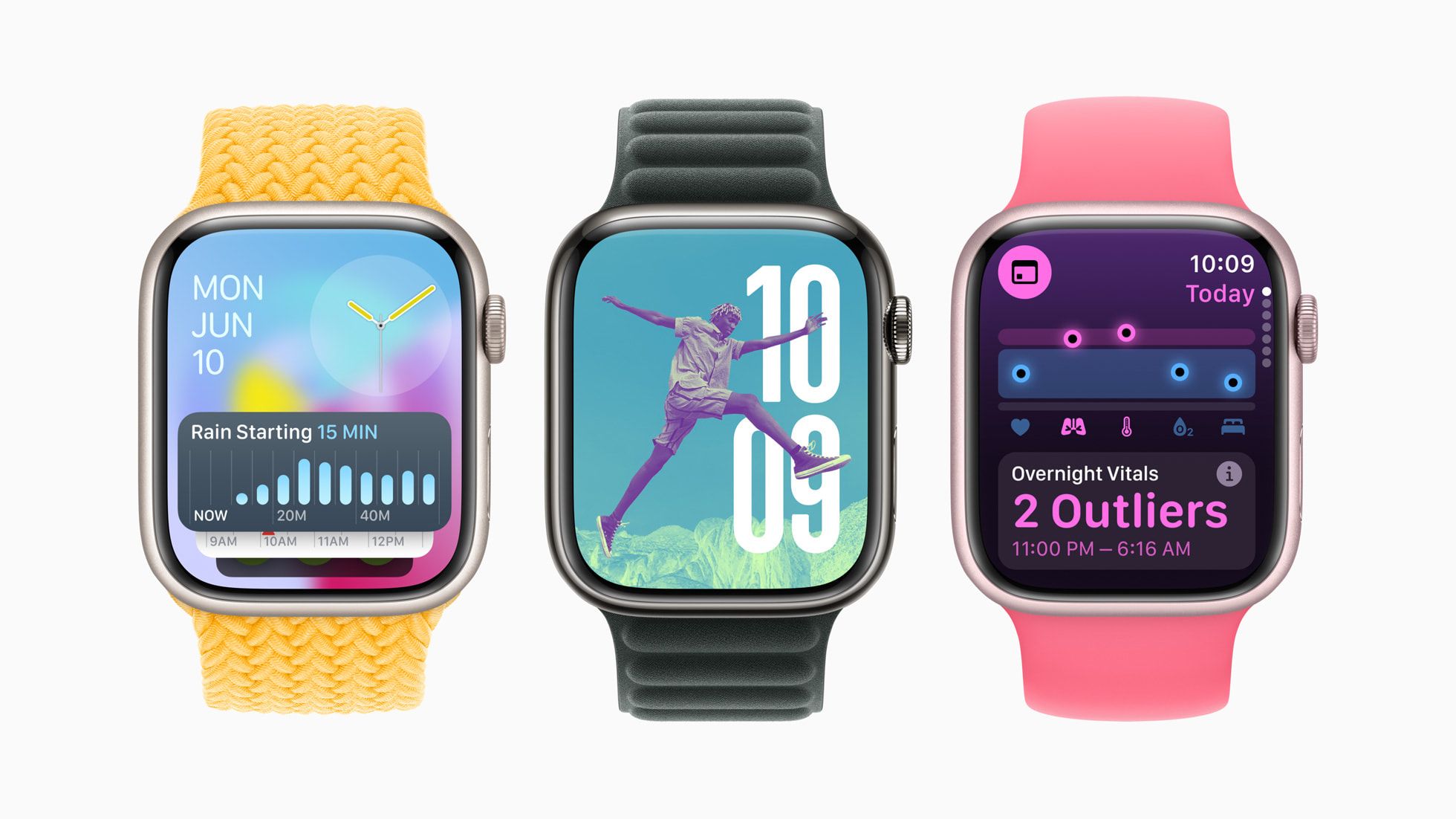The next-generation iPad mini 8 could feature an updated design that eliminates speaker holes to improve water resistance, and Apple is considering a new speaker system design. The new system would use vibration-based technology, according to Bloombergwhich would make it unique among Apple products if adopted.

It turns out that there are already some devices on the market that use vibration-based sound, which gives an idea of how the technology works and how Apple could implement the feature.
Vibration-based sound
Apple may be planning to use a sound exciter, which creates sound waves by vibrating a surface such as a glass pane or metal frame. A piezoelectric or electromagnetic exciter can use almost any surface for resonance and does not require a standard speaker sending vibrations through a diaphragm.
Apple could connect an exciter to the chassis or screen of the iPad mini. When playing audio, the exciter could vibrate the panel to move air and create sound without a traditional speaker or the need for speaker holes.
The iPad has a decent-sized screen that could support multiple drivers to enable stereo sound, with the screen divided into subpanels to serve as separate diaphragms.
Patents
Apple has patented a system similar to what was described above. Apple’s “mechanically actuated panel acoustic system” patent describes an electronic device with a casing that is used as part of an acoustic system.
The enclosure is divided into subpanels, and each subpanel has one or more actuators to vibrate the subpanel. The actuator and attached subpanel then convert an audio signal into an acoustic output.
Real world examples
Huawei’s P30 Pro 2019 debuted “Acoustic Display Technology”, which features a speaker under the display. It included a small exciter that vibrated the glass screen, turning the entire screen into a speaker. A iFixit Teardown revealed that Huawei was using a small coil with a magnet in the middle paired with a component that vibrated the screen to create sound.
According to reviews, the acoustic display technology worked well, but Huawei only used it for calls. All other audio from the smartphone was routed through an additional bottom speaker and the lack of stereo sound was unpopular. Huawei launched one more model with this technology, the P40, before returning to a more traditional system for subsequent smartphones.
Some televisions have used technology to improve sound. LG G8 ThinQ It used the entire OLED screen as a diaphragm, vibrating the screen to produce sound. LG paired it with a bottom speaker for stereo performance and bass handling.
Sony OLED TVs have been using an “acoustic surface” for sound for several years. Televisions include multiple actuators behind the screen that vibrate the screen to create sound. Sony says the sound is precisely aligned with what you see, for a more immersive viewing experience. The technology is often praised in Sony TV reviews.
It wouldn’t be a surprise to see Apple adopt something like Acoustic Surface, positioning it as a way for users to get immersive spatial sound even when they’re not using AirPods or other headphones that support spatial audio.
There are also many “invisible” speakers which are intended to be mounted behind drywall or on ceilings. They use surface exciters to vibrate the material they are attached to, turning the walls into speaker drivers.
Water resistance
Removing the speaker holes provides fewer paths for water to enter. The current iPad mini has speaker holes on the top and bottom of the device and has no water resistance rating.
It’s unclear what water resistance rating the iPad mini might get. The iPhone has IP68 water resistancemeaning it can withstand being underwater six meters deep for at least 30 minutes.
Microphone holes
If Apple removes the speaker holes from the iPad mini, there will likely be microphone holes left. The iPad mini 7 has a microphone hole on the top and a second microphone hole located below the camera.
The iPhone also has microphone holes, so Apple could use gaskets and adhesives for water resistance without affecting functionality.
Possible drawbacks
Bass is a problem with vibration-based audio systems. Sony, for example, integrates separate subwoofers into its televisions to add bass. Apple could use a similar hybrid solution or use digital signal processing to compensate for the missing bass frequencies.
Surface-mounted speakers can radiate mids and highs across the panel, but the perceived width may be narrower because the vibration comes from a single surface rather than two separate speakers in different locations. If Apple uses actuators to vibrate the iPad mini’s chassis or screen, audio playback may not sound as full as stereo speakers do.
Touch can muffle sound by absorbing vibration. Apple could probably mitigate this with sensors that determine how the iPad is held and adjust the vibration pattern accordingly.
Other features of the iPad mini 8
In addition to water resistance, rumors suggest that the iPad mini 8 could be the first iPad, besides the iPad Pro, to have OLED display technology.
If implemented, Apple’s vibration-based sound system could require some sophisticated audio processing. The iPad mini is expected to have the same A19 Pro chip that Apple introduced in the iPhone Air and iPhone 17 Pro.
Release time
Apple could launch the iPad mini 8 as early as 2026.
#vibrationbased #speakers #work #Apple #iPad #Mini









